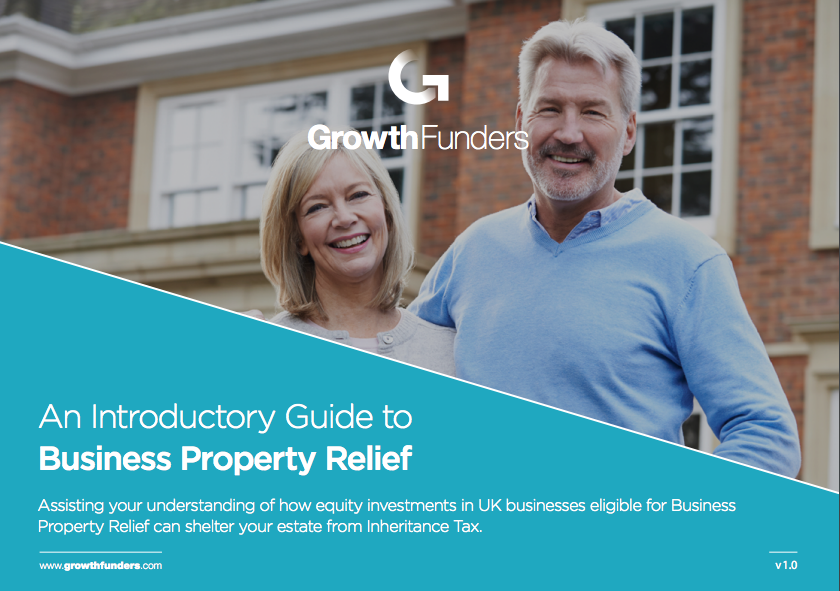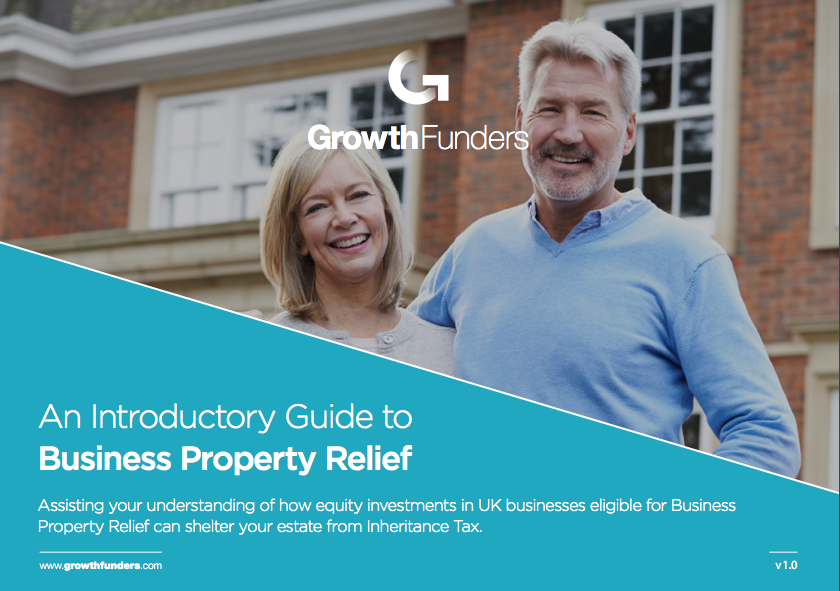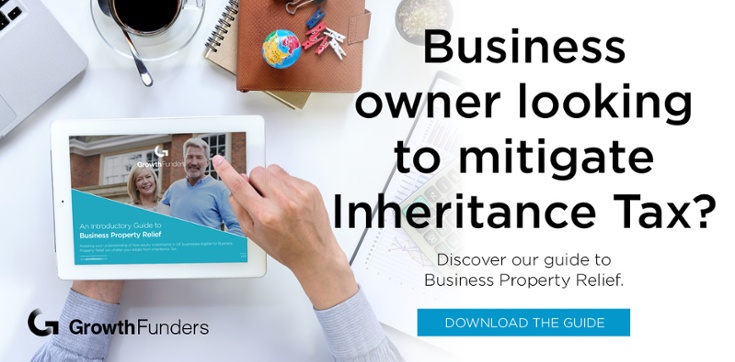An introductory guide to Business Property Relief (BPR)
Whilst not as widely known as tax efficient investing opportunities such as the Enterprise Investment Scheme (EIS) or Seed Enterprise Investment (SEIS), Business Property Relief (BPR) has actually been around for over 40 years
Introduced by the UK government in 1976, the primary focus of BPR is to offer an effective means of protecting your estate from a potential Inheritance Tax (IHT) liability.
And we're delighted to have recently published our first guide on the topic - an introductory guide to Business Property Relief.
What does BPR seek to achieve?
Aimed at business owners who, generally speaking, have owned a business for at least two years, BPR provides an appealing option to achieving IHT protection for your estate in a relatively short timescale.
Although this has traditionally been the case, BPR has in more recent years established itself as one of the ways to benefit from investing in early-stage companies, thus having a direct impact on the next generation of British businesses.
Who is BPR for?
If you're later in life with a large estate, BPR can be one of the best ways to achieve IHT exemption - and in the guide, we cover the four main reasons why this is the case:
- There is no upper limit to the level of investment you can make in BPR, meaning you can allocate as much of your estate as you wish to BPR (unlike investments into Venture Capital Trusts or the Enterprise Investment Scheme, for example).
- Some tax efficient options may require you to place your assets under the control of your will immediately. This isn't the case with BPR - you retain full control over them.
- After just two years your BPR investments achieve IHT exemption, which is considerably shorter than many other asset classes.
- You have a three year period to transfer a BPR investment into another (on the assumption you sell the first) and still be able to benefit from its full value in terms of IHT exemption.
How can you make a BPR investment?
If you're eligible to benefit from BPR, the guide covers the two ways in which you can make an investment:
- Investing in a managed BPR portfolio - using an investment manager, whilst incurring a charge, gives you access to expertise and advice to help ensure your investments are built around your needs and preferences.
- Investing directly in individual BPR-eligible companies - should you be an experienced investor, particularly with regard to equity investing, it is possible to make investments directly into BPR eligible companies. An attractive option as it doesn't incur the fees of a manager, it does require you to be fully confident in your approach to investing.
If Inheritance Tax (IHT) liability is on your radar, and you're a business owner, our free introductory guide to Business Property Relief (BPR) should be considered a must read.
%20(3)%20(2).jpg)










